According to the Environmental Protection Agency (EPA), many of the 14,000 oil spills reported each year are caused by industry activities resulting from storage tank rupturing, pipeline leaks, and oil transport accidents.
Spill Prevention, Control & Countermeasure Plan
Original price was: $11.99.$9.99Current price is: $9.99.
Description
According to the Environmental Protection Agency (EPA), many of the 14,000 oil spills reported each year are caused by industry activities resulting from storage tank rupturing, pipeline leaks, and oil transport accidents.
This presents a significant threat to the environment and often requires specially trained emergency response personnel to contain and clean up the spills. Some spills are so significant that they may require help from local and state agencies and the federal government.
To prevent oil spills and orchestrate appropriate responses, there are several important laws that industry employers should understand…
Clean Water Act
- Prohibits the discharge of oil and petroleum products into navigable waters of the United States and adjoining shorelines.
Oil Pollution Prevention and Response Regulation, 40 CFR, Part 112
- Requires certain facilities to develop and implement Spill Prevention, Control, and Countermeasure (SPCC) Plans and train employees in oil spill prevention.
- Designed to help facilities prepare for and respond to any oil spill affecting the coastal and inland waters of the United States.
Environmental Protection Agency (EPA)
- Enforces the regulation.
- Conducts on-site inspections to ensure facilities take adequate measures to prevent an accidental discharge of oil.
The Oil Pollution Prevention and Response regulation applies to owners or operators of “regulated” facilities. A facility is considered to be a regulated facility if it meets three criteria.
1st, the facility must be a non-transport-related facility operating onshore or offshore.
2nd, it must have a total aboveground oil storage capacity of greater than 1,320 gallons or have a completely buried storage capacity greater than 42,000 gallons.
3rd, there must be a reasonable expectation of a discharge based on the facility’s location near navigable water or adjourning shorelines. An example of a reasonable expectation would be a situation where a spill could flow into storm drains and the toxic runoff could then flow to a lake, stream, river, wetland, or coastal water.
A regulated facility is required by the EPA to have a fully prepared and implemented Spill Prevention, Control, and Countermeasure Plan, or SPCC Plan, to prevent the discharge of oil into inland and marine waters and to control spills that do occur.
Worker Responsibilities
- Know the location of your facility SPCC Plan
- Follow the procedures specified in the plan
- Know the name of your facility’s emergency response coordinator
- Know the location of the emergency shut-offs to oil tanks
General Spill Prevention Work Practices
· Know the location of spill prevention devices and how to use them.
· Use receptacles designated for oil waste.
· Know how to properly operate oil-handling equipment.
· Know how to read or operate liquid level alarms, cutoff devices, and vacuum protection.
· Stay with the vehicle if you are the driver during oil loading and unloading operations.
· Regularly inspect hoses and connections and check tank levels.
· Report all leaks and unusual observations to your supervisor.
Procedure for Loading and Unloading Oil
- Use the containment equipment provided to prevent the spread of spilled oil.
- Ensure the wheels of the delivery trucks are chocked the entire time.
- If you are the driver, stay within 25 feet and in full view of the truck during the entire loading and unloading process.
- Routinely read the leak detection gauges on fuel and oil tanks.
- Ensure all tank flow valves are locked-out when they are in a non-operating or non-standby mode.
Spill Control Measures
- Mechanical Containment Equipment
- Block the spread of oil
- Concentrate it into one area
- Store it until it can be removed and disposed of properly
For onshore facilities with a significant potential for oil spills and leaks:
- Floor drains can be plugged
- Storm drains can be sealed
- Discharge from a primary containment system, such as a tank or pipe, can be diverted into secondary containment areas until cleanup can be completed
Examples of Secondary Containment Methods
- Curbs
- Diversion ponds
- Dikes
- Berms
- Retaining walls
Why SafetyNow?
Not all training is equal. With SafetyNow, learners and leaders will notice the difference in value:
- Quality: Professionally-researched and designed using the latest mobile and responsive technologies
- Convenience: Works instantly on any device, desktop or mobile
- Time savings: What learners need to know, not extra fluff or legalese
- Reporting: Consistent, instant compliance records available anytime
- Support: Customer and learner support included at no charge
- Learning about the harmful effects of spilled oil and the applicable laws and regulations for oil pollution prevention.
- Understanding the purpose and general requirements of a facility SPCC Plan.
- Learning general operating procedures designed to prevent spills.
- Observing general control measures to prevent an oil spill from reaching navigable waters and adjoining shorelines.
- Learning basic countermeasures for stopping a spill from reaching the environment and how to respond to facility shutdown and evacuation.
- Any Learning Management System (LMS) Use with any SCORM, AICC, xAPI, TinCan, HTML5, or other LMS (learning management system).
- Any Device Desktop, laptop, tablet, or mobile phone – it simply works, everywhere.
- Engaging Professionally-developed, including an on-screen host and modern, easy-to-understand text, media, and voiceovers.
- Unlimited Attempts Each module can be taken as many times as required to get a passing grade. Unlike our competitor’s courses, if you get an answer wrong, you are redirected to the exact eLearning segment you struggled with… you don’t need to go through the entire module again, just the one part you need a refresher on.
Only logged in customers who have purchased this product may leave a review.

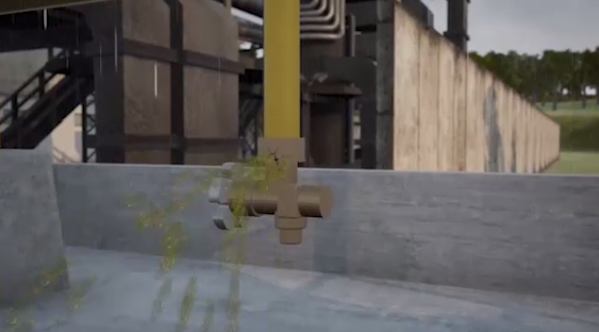

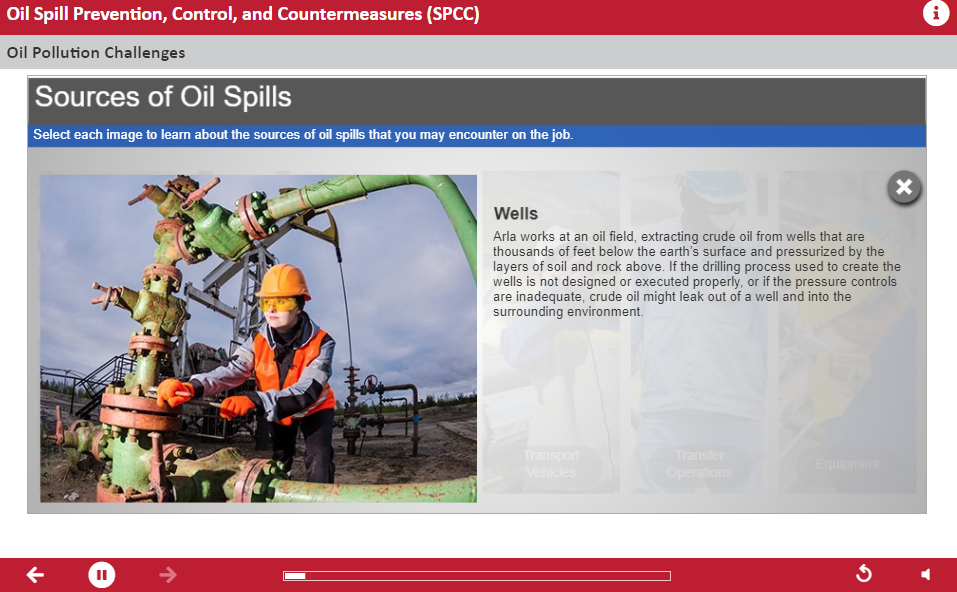

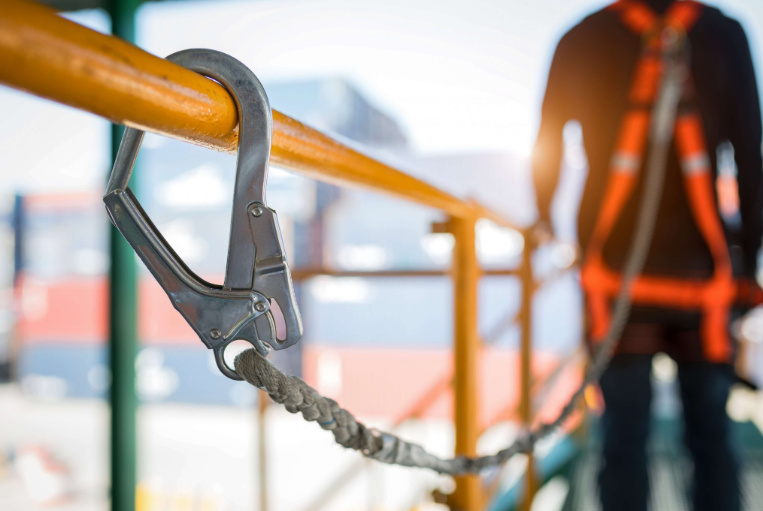
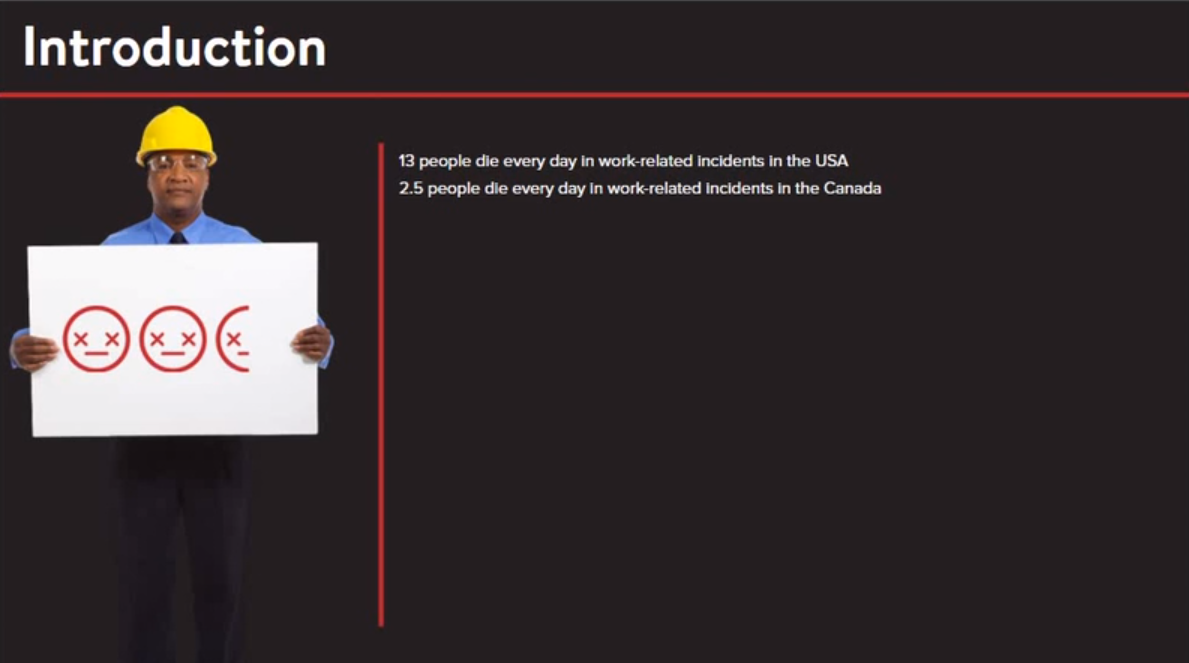
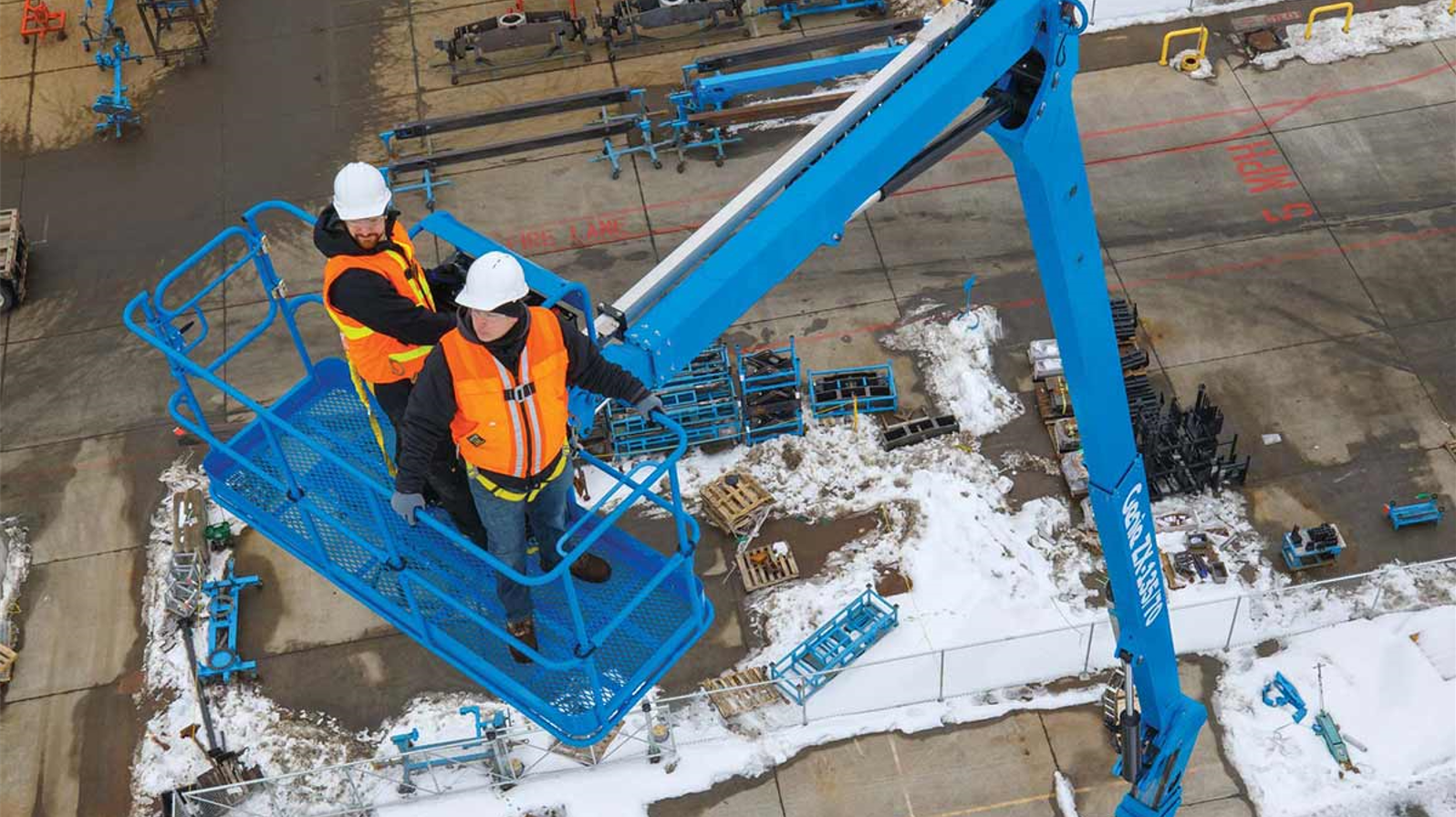
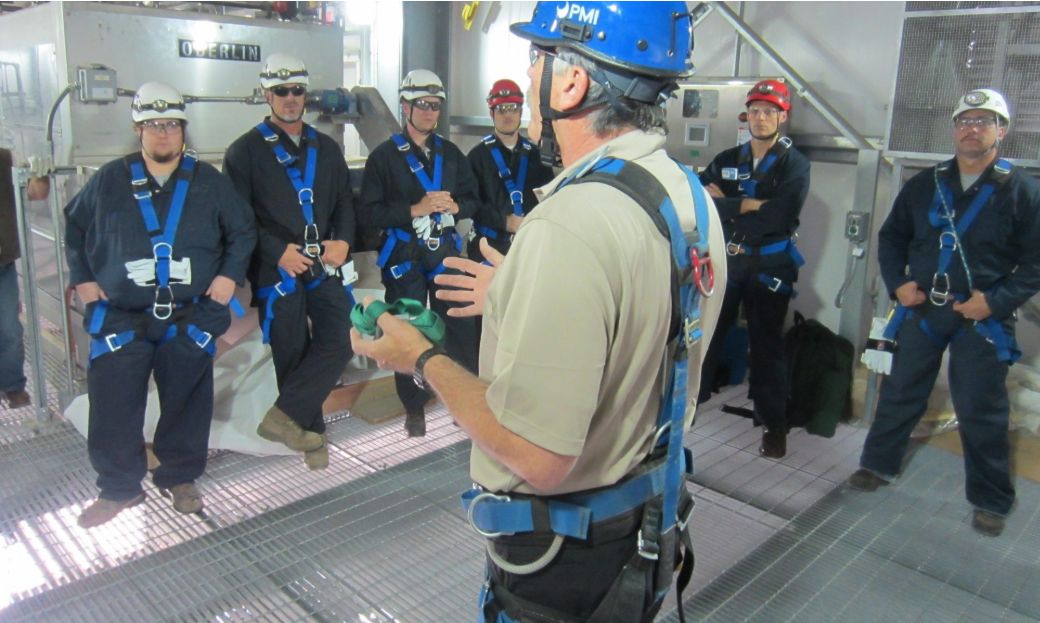

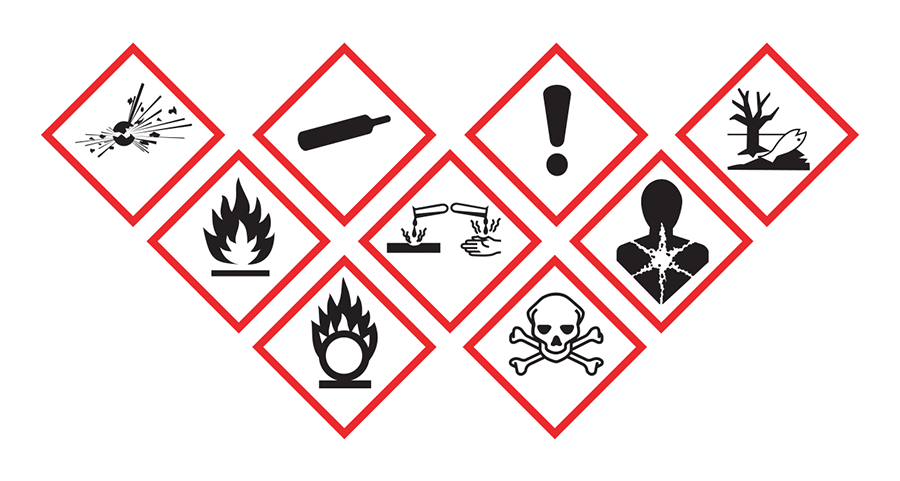

Reviews
There are no reviews yet.